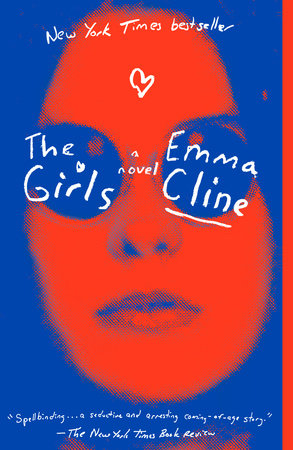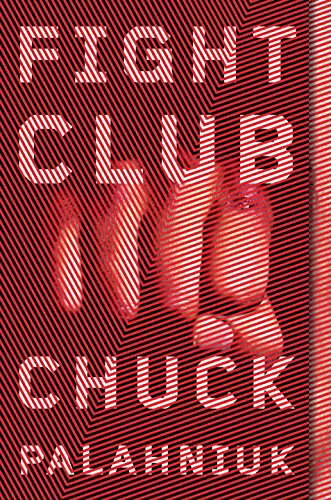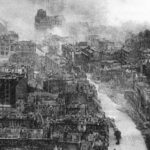No cult leader has ever recruited new members by saying ‘We’re all planning to commit suicide’ or ‘We’re going on a killing spree’. That’s because almost no one would join a cult if they’re made to jump in at the deep end. Rather members, like leaders themselves first dip their toes in the water, attracted by simple founding ideals. Then they wade in the shallows, often invited to accept increasingly subversive or unorthodox ideas. The more they believe, the deeper they swim until eventually the shore is so far behind that there seems to be no other choice but to continue on believing until even the most fantastical notions are accepted as truth and their devotion is absolute. This is why whenever anyone tells me—and this does happen a lot—‘I can see how people end up in cults but I would never join one,’ I look them in the eye, smile and tell them, ‘I think I probably would.’ It’s true. We are all willing to believe almost anything so long as it aligns with our world view, and it’s delivered in a palatable way by someone we trust. That’s how it begins. This gives rise to a question which has always fascinated me: what does it take to make someone believe? Cults have been written about and dissected for years, these are the books that best capture that quicksand of belief that makes good people do bad things.
The Girls, by Emma Cline
I’m starting this list with The Girls because no list about cult fiction is complete without it. Cline sent a shockwave through the publishing world in 2014 when her debut was picked up in a three-book deal for seven figures, casting her from relative literary obscurity to the top of every must-read list, including my own. I read the book hoping I wouldn’t love it, expecting something good but not exceptional—in short as a writer in his early twenties, I wanted to believe it was the sort of book I could one day write. I was disappointed to find I loved it. The Girls reimagines the Manson Family from the perspective of a young woman ensnared not by Manson’s charm as much as the girls of the cult. We watch as this young impressionable women changes, more and more is asked of her until she finds herself on the cusp of an act so irreversible that its aftershocks reverberate today. A second, present day narrative shows a woman just surviving in a world fraught with invisible danger, still struggling to come to terms with that night and the role she played in it.
Fight Club, by Chuck Palahniuk
Survivor may be Palahniuk’s ‘cult novel,’ but for me Fight Club is the one that provides much deeper insights into the countercultural appeal of cults. It may surprise some that I view the eponymous boys club as a cult but ultimately it ticks all the boxes: an enclosed group with special privileges of membership, a dress code for members, a shared aim, a charismatic/enigmatic leader, set rules and an internal language. Perhaps the most fascinating part of the general popularity of Fight Club is the way some people commandeered the chaotic ideals and philosophies espoused by Tyler Durden—fight materialism, the rat race and yuppiedom. In the wake of the film adaption, some viewers sought to establish their own fight clubs as a means to relieve aggression. They seem to miss a warning at the core of the novel concerning extremist behavior and the way it breeds extremist ideals, and attracts equally extremist individuals. We see this violent yet otherwise relatively harmless club escalate, we see a supremely deluded individual amass a following of devotees, mobilized to inflict carnage and division, to upset the status quo which in this day in age seems remarkably prescient.
The Incendiaries, by R.O. Kwon
The Incendiaries is a splinter of shrapnel: once lodged beneath the skin there’s just no getting it out. It opens with an explosion. A building falls. People die. The author then casts us back to the beginning of the series of events that lead us here. We follow one young women’s descent into a religious sect via the perspective of her boyfriend. Kwon subverts the tropes readers have come to expect from books about cults, choosing a much more nuanced portrait of the leader and those in his orbit. For many there’s something intellectually soothing about the structures and rigidity of religious fundamentalism. There’s no requirement to answer broader moral questions when the rules are already laid out for you. At first, it’s not clear that we are witnessing the development of a cult, and so the reader is radicalized with the characters. And by the end we arrive at the grey area that exists between religious fundamentalism and extremism. This is fertile ground for Kwon who charges the reader to define the boundaries that separate the two and ultimately judge where the responsibility lies.
Beautiful Revolutionary, by Laura Elizabeth Wollett
Jim Jones did not die of suicide by cyanide, laying in a field beside an empty Styrofoam cup like all of his followers. He died hours later inside a building with a gun in his hand. Anyone with even a passing interest in cults probably knows his story, there have been countless books written about him—who he was, what he did, the legacy he left—but Beautiful Revolutionary is not his story. It’s about those thinly fictionalized fringe characters who were drawn into The Peoples Temple, who orbited the flame until they burnt or got away. Wollet employs an ensemble cast to highlight the diverse backgrounds of the members. She slowly teases out details about the recruiting process and the way Jones manipulated all those around him. Wollett understands that cult members are also victims. Often they’re everyday people swept up in the mania of the burgeoning free love era, energized by the fire and brimstone charisma of Jones—these people didn’t flee society to an free love commune soaked in LSD, but found a politically combustible church, and the promise of a better way of living through socialism and that most popular ideal cult founders peddle: the promise of Utopia.
*






















